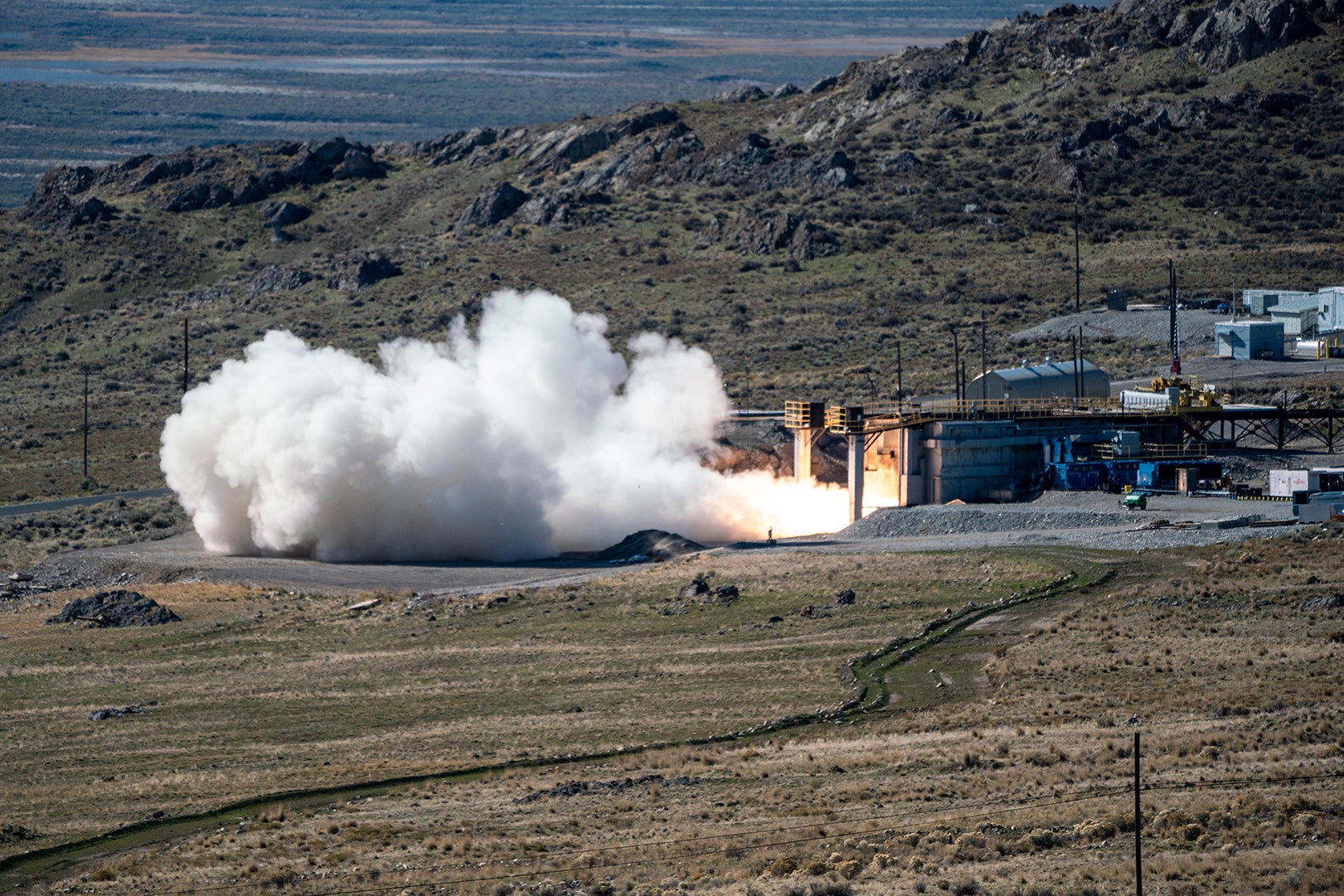
The US Navy’s Strategic Systems Programmes (SSP) and the Army Hypersonic Project Office (AHPO) have carried out test flights of prototype hypersonic weapon components.
Executed by Sandia National Laboratories (SNL), the second high-operational tempo for hypersonics flight campaign was successfully conducted at NASA’s Wallops flight facility, Virginia, US on 26 October at 2:30pm (EST).
The Missile Defense Agency (MDA) also participated in this test campaign to collect data needed to support the development of systems that can be used against hypersonic weapons.
The latest test further signifies that the US Navy’s Conventional Prompt Strike (CPS) and the Army’s Long Range Hypersonic Weapon (LRHW) offensive hypersonic strike programmes are running as per the schedule.
The initial fielding of this hypersonic capability for the US Army is expected to take place in fiscal year (FY) 2023.
As part of this test, a precision-sounding rocket, comprising hypersonic experiments payloads from various companies and partners, was test-launched from the Virginia-based facility.
The industry partners include MDA, AHPO, CPS, SNL, Johns Hopkins University/Applied Physics Laboratory, Joint Hypersonic Transition Office, Oak Ridge National Laboratory, MITRE and other defence contractors.
To mark the completion of this test, another sounding rocket, carrying experimental payloads, will be launched later this week. The payloads will provide data on materials and systems’ performance in a realistic hypersonic scenario.
According to the US Navy, this sort of test launches fills the gap between ground and full-system flight testing, supporting the rapid maturation of both offensive and defensive hypersonic technologies.
The data gathered from this campaign will further enhance the warfighting capabilities and provide battlefield dominance to the US Navy and Army.
Last year, the two services conducted the first test for a second-stage solid rocket motor in Utah to support common hypersonic missile development.



